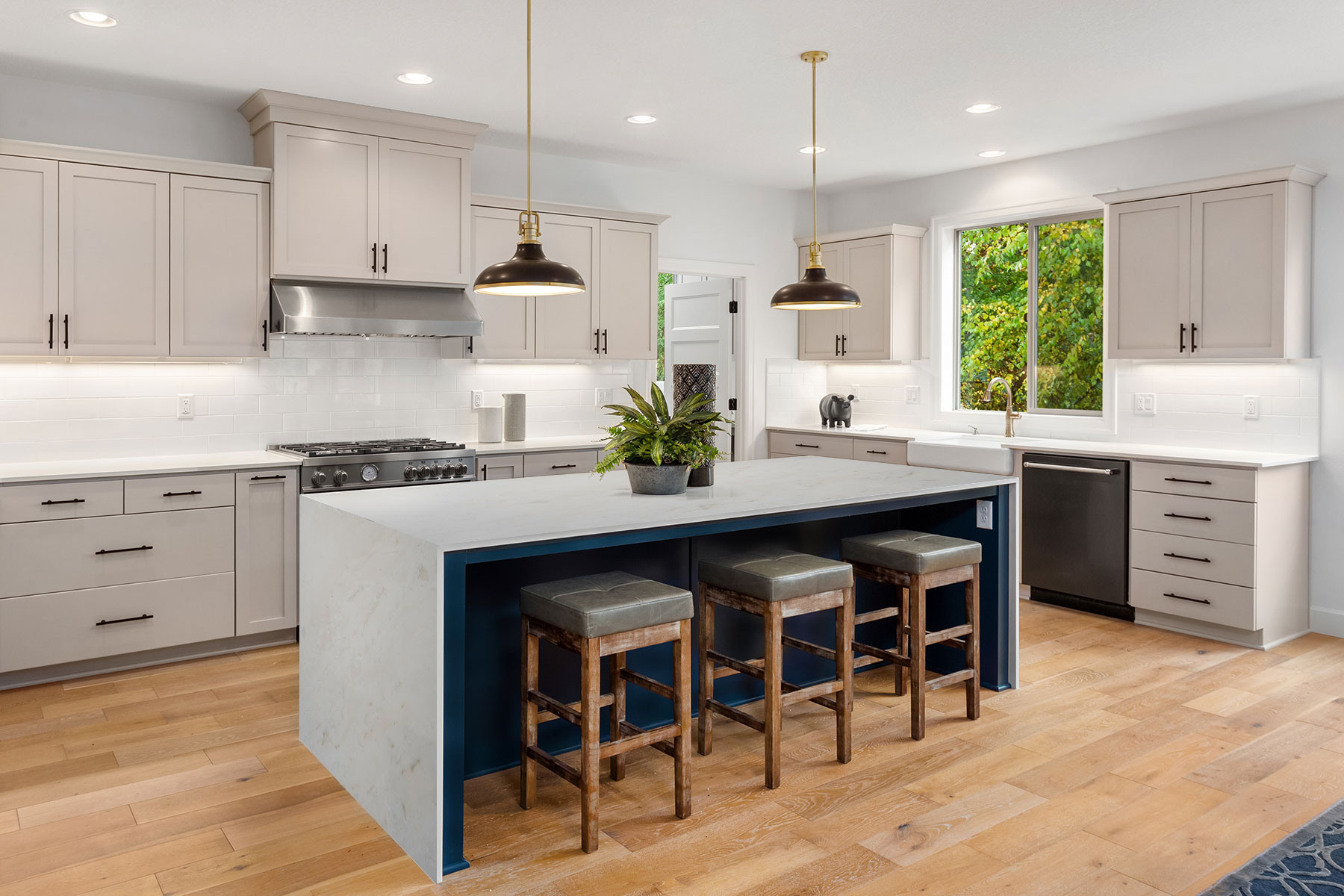Gramaco offers treated marble, a 100% natural marble yet more resistant to stains
due to the advanced treatment during production.
All our treated marble slabs are supplied from the only factory solely specialized in processing natural marble with the most advanced technological marble plant in the world.
From the initial cutting of slabs, polishing, resin application, to the final product, the entire process of producing treated marble slabs is completely automated.
Highlighted below are some of key elements of the production that directly increase the resistance of our slabs:

1) Special Resin Process & Vacuum Chambers
The production of treated marble uses a special Italian resin developed exclusively for marbles. The resin is applied on both sides of the slabs before they enter a vacuum chamber, which is also the only one of its kind made to be used on marbles. The vacuum seal ensures that the resin penetrates 100% of the slab’s structure (internal and external), filling all its pores and making the slabs more dense and compacted.

2) UV Resin Drying System
Following the vacuum seal and prior to the polishing stage, slabs are applied with another special resin and go through a UV light chamber, where nano-technology combines this special resin with the micro particles of the marble. This process of sealing the surface under UV light is currently primarily used during jewelry manufacturing, but is now uniquely designed to seal marble slabs. This step plays a big role in adding resistance to the marbles when exposed to external elements after installation.

3) Protective Wax
At the end of the process an exclusive custom-made protective wax is spread through the surface of the slab providing an extra brightness when polished, or a smoother touch when honed. The special wax also provides an extra layer of protection to the product.
This technologically advanced process does not alter the essential nature of the product (slabs are still 100% natural marble), but it does make the product much more resistant to stains and etching, making it more user-friendly even in high-traffic kitchens, if reasonably taken care of.



